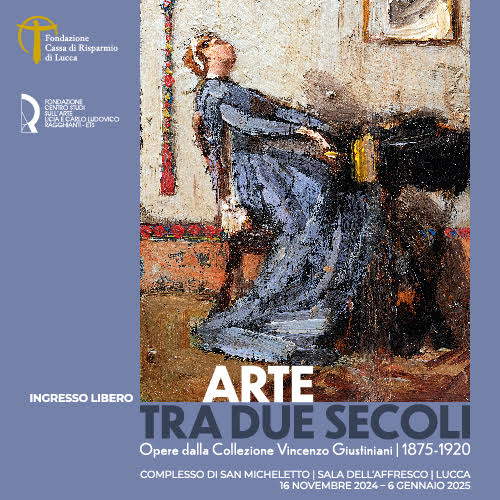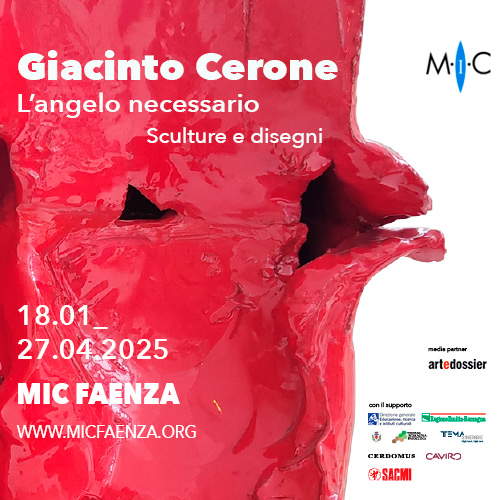A sacellum, a room dedicated to religious worship, emerges in the Civita Giuliana villa
Among the significant discoveries concerning the suburban villa of Civita Giuliana, a sacellum, a room dedicated to religious worship, also emerged. This sacellum is located at a junction between the service sector, which includes stables and the slave room to the south, and the residential complex to the north of the villa. The removal of the road, which began in August 2023, uncovered, immediately below the preparatory layers of the modern street, pavements belonging to the upper floor of the servile quarters at a depth of 40-50 centimeters from the present street level, as well as the sacellum with a hooded vault and rectangular floor plan. Some similar examples are known in the villas of the Pompeian suburbs, although not with the same monumentality.
The sacellum seems to correspond to the findings of the investigators during the investigation, in which references to a “small temple” dedicated to Hercules and frescoes depicting the twelve labors of Hercules emerged. However, currently no traces of these frescoes have been found. The room is covered with a single-pitched sloping roof, while the exterior front, completely plastered and painted white, has a large portal and is topped by a kind of relief tympanum. In front of the huge doorway is a ramp with traces of wheels, an indication of the possible use during rituals of a ceremonial chariot.
Internally, the room has a pictorial wall decoration in the IV style. The decorative cycle included a sequence of twelve panels on a red background with a yellow drape. In the center of the back wall were two panels framing a masonry podium, presumably used to support a statue. Not far along the walls runs a continuous masonry platform covered with painted plaster. The obvious wear and tear on this platform testifies to its frequent use by participants in the religious rituals that took place there.
“The excavation of the sacellum, on the one hand, is disconcerting, because it shows us the unscrupulousness with which the clandestine excavators operated, stripping almost all the walls and the interior of the room,” said Pompeii Archaeological Park director Gabriel Zuchtriegel. “Seeing this place of worship, attached to the villa’s productive quarter, reduced to this condition hurts, not least because there are very few comparisons for this kind of environment. Paradoxically, however, at the same time, it is encouraging: the state is there, together with the Public Prosecutor’s Office and the Carabinieri, the Ministry of Culture is recovering a complex of great importance. The findings confirm what has been ascertained by the judicial police and the Public Prosecutor’s Office. This is an excavation of active protection and I would also say justice, after years of looting. The next steps will be: continuation of excavations, continuation of expropriations, demolition of expropriated buildings for the recovery of the archaeological heritage, and planning for public enjoyment of the villa: it will be a jewel of Greater Pompeii, which will help us to better enhance the whole area of the ancient city. I thank Minister Sangiuliano for his support and for the funds in the Budget Law for new excavations in Pompeii and other national parks, which allow us to continue investigations in Civita Giuliana. In addition to Prosecutor Fragliasso, I would also like to thank the municipal administration in the person of Mayor Lo Sapio, because the excavations under the modern road, which led to the discovery of the sacellum and the carpenter’s room, are only possible thanks to an active and daily collaboration between entities that is leading to great results in Pompeii.”
“The entire area of the Archaeological Park of Pompeii is a treasure chest that every day reveals new stories and new identities to the whole world,” Culture Minister Gennaro Sangiuliano said at the end of his inspection of the Suburban Villa of Civita Giuliana. “The government funded new excavations with the last Budget Law, and as Director Gabriel Zuchtriegel also confirmed, there had not been so many excavations and so much activity in the Pompeii Park for the discovery of new finds since the 1950s. This is something wonderful that can also be a great opportunity for socio-economic development for this whole area. Therefore, it is necessary to continue to focus on culture and the value of the experiences that this area can give. In this direction there is also the affair of the Spolettificio di Torre Annunziata, which is an important property ceded to MiC by the Ministry of Defense where we will try to make a large museum area.”
The goal is to continue the program of expropriations and the demolition of the buildings already acquired and at the same time expand the excavations in order to clarify the still numerous aspects of Civita Giuliana both scientifically and in legal terms, and to plan. Fundamental to the continuation of activities in the area will be the design of a broad system of accessibility and fruition that connects this site into the Greater Pompeii network. On this last point, there is an ongoing collaboration with the Federico II University and ReParch, a Level II University Master’s Degree in Restoration and Design for Archaeology.
 |
| A sacellum, a room dedicated to religious worship, emerges in the Civita Giuliana villa |
Warning: the translation into English of the original Italian article was created using automatic tools. We undertake to review all articles, but we do not guarantee the total absence of inaccuracies in the translation due to the program. You can find the original by clicking on the ITA button. If you find any mistake,please contact us.





























